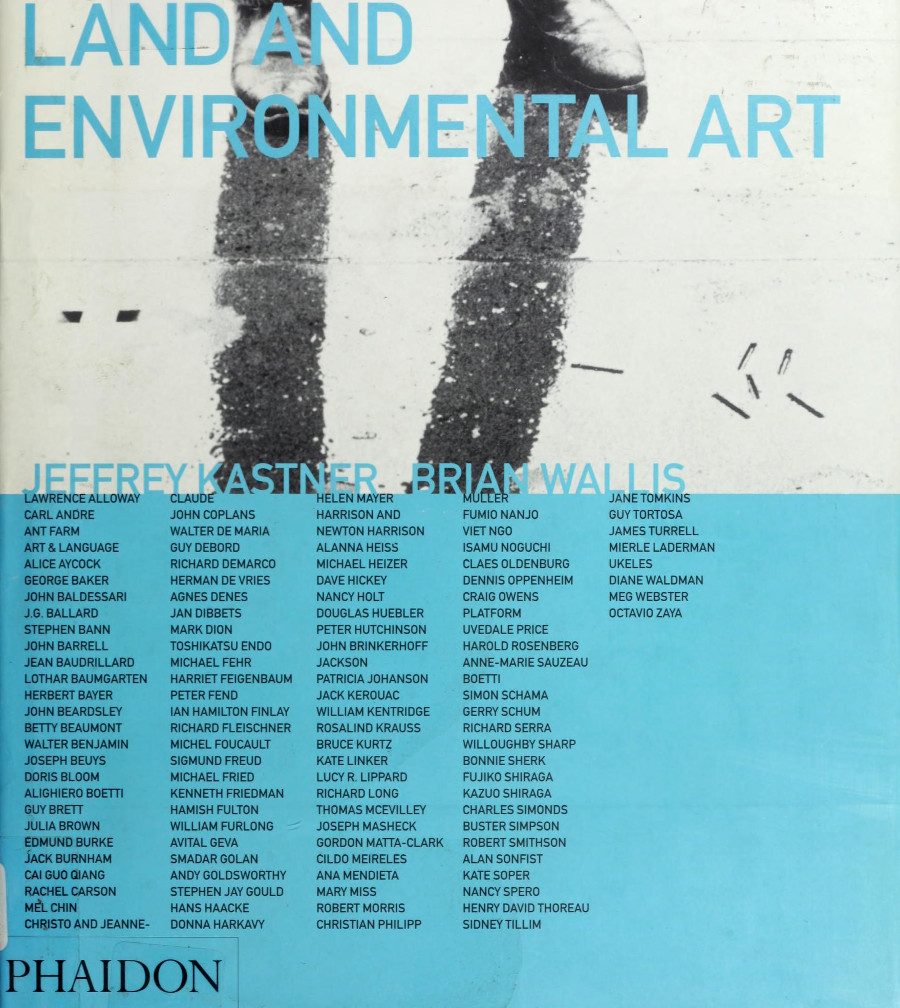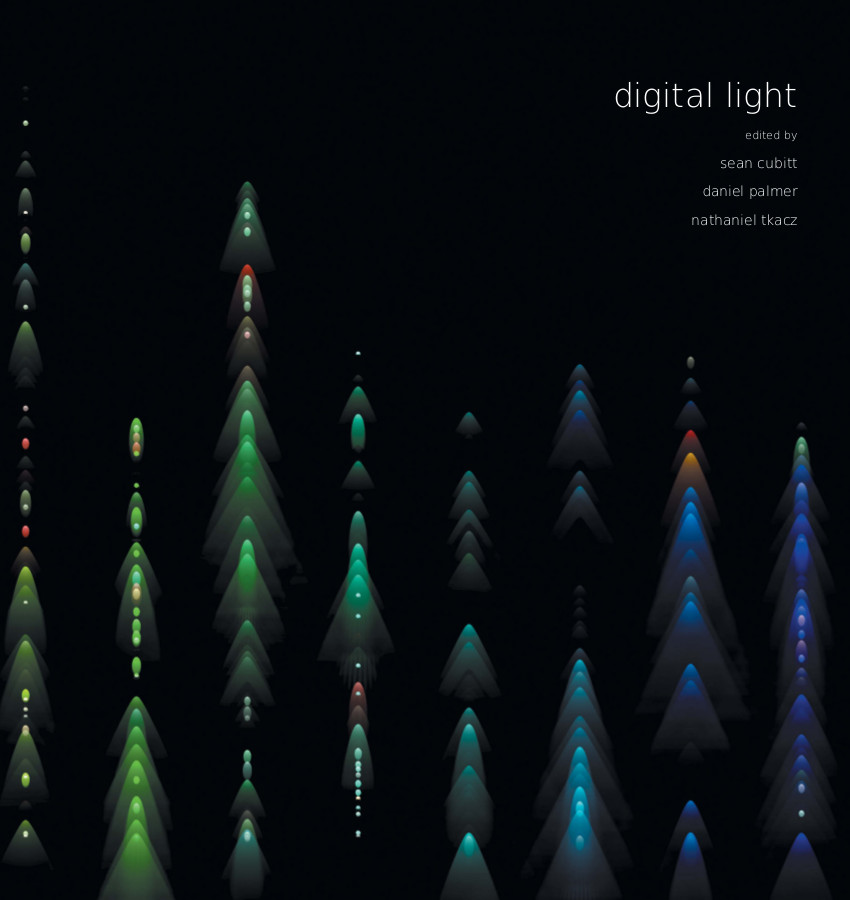Jack Burnham: The Structure of Art (1971/1973)
Filed under book | Tags: · aesthetics, art, art theory, avant-garde, cybernetics, semiotics, structuralism, systems theory

Jack Burnham was a writer on art and technology, curator of the 1970 Software show, and one of the main forces behind the emergence of systems art in the 1960s. In his second book, The Structure of Art, Burnham “developed one of the first systematic methods for applying structural analysis to the interpretation of individual artworks as well as to the canon of western art history itself.”
Publisher George Braziller, New York, 1971
Revised edition, 1973
ISBN 0807605956, 9780807605950
195 pages
PDF (69 MB, no OCR)
PDF (19 MB, OCR’d version via Marcell Mars, added on 2015-4-16)
PDF (83 MB, no OCR, added on 2023-8-4)
Jeffrey Kastner, Brian Wallis (eds.): Land and Environmental Art (1998)
Filed under book | Tags: · aesthetics, architecture, art, art history, art theory, ecology, environment, land art, landscape, nature, sculpture

“The traditional landscape genre was radically transformed in the 1960s when many artists stopped merely representing the land and made their mark directly in the environment. Drawn by the vast uncultivated spaces of the desert and mountain as well as post-industrial wastelands, artists such as Michael Heizer, Nancy Holt and Robert Smithson moved the earth to create colossal primal symbols. Others punctuated the horizon with man-made signposts, such as Christo’s Running Fence or Walter de Maria’s Lightning Field. Journeys became works of art for Richard Long while Dennis Oppenheim and Ana Mendieta immersed their bodies in the contours of the land.
This book traces early developments to the present day, as artists are exploring eco-systems and the interface between industrial, urban and rural cultures.”
Edited by Jeffrey Kastner
Survey by Brian Wallis
Publisher Phaidon Press, 1998
ISBN 0714835145, 9780714835143
304 pages
Review: Boettger (CAA.Reviews, 1999).
PDF (117 MB, no OCR)
For more on land art see Monoskop wiki (includes a select bibliography and collection of links to online documentation of the works by early land artists).
Comment (0)Sean Cubitt, Daniel Palmer, Nathaniel Tkacz (eds.): Digital Light (2015)
Filed under book | Tags: · aesthetics, art, cinema, digital, film, image, light, optics, photography, screen, technology, vision

“Light symbolises the highest good, it enables all visual art, and today it lies at the heart of billion-dollar industries. The control of light forms the foundation of contemporary vision. Digital Light brings together artists, curators, technologists and media archaeologists to study the historical evolution of digital light-based technologies. Digital Light provides a critical account of the capacities and limitations of contemporary digital light-based technologies and techniques by tracing their genealogies and comparing them with their predecessor media. As digital light remediates multiple historical forms (photography, print, film, video, projection, paint), the collection draws from all of these histories, connecting them to the digital present and placing them in dialogue with one another.
Light is at once universal and deeply historical. The invention of mechanical media (including photography and cinematography) allied with changing print technologies (half-tone, lithography) helped structure the emerging electronic media of television and video, which in turn shaped the bitmap processing and raster display of digital visual media. Digital light is, as Stephen Jones points out in his contribution, an oxymoron: light is photons, particulate and discrete, and therefore always digital. But photons are also waveforms, subject to manipulation in myriad ways. From Fourier transforms to chip design, colour management to the translation of vector graphics into arithmetic displays, light is constantly disciplined to human purposes. In the form of fibre optics, light is now the infrastructure of all our media; in urban plazas and handheld devices, screens have become ubiquitous, and also standardised. This collection addresses how this occurred, what it means, and how artists, curators and engineers confront and challenge the constraints of increasingly normalised digital visual media.
While various art pieces and other content are considered throughout the collection, the focus is specifically on what such pieces suggest about the intersection of technique and technology. Including accounts by prominent artists and professionals, the collection emphasises the centrality of use and experimentation in the shaping of technological platforms. Indeed, a recurring theme is how techniques of previous media become technologies, inscribed in both digital software and hardware. Contributions include considerations of image-oriented software and file formats; screen technologies; projection and urban screen surfaces; histories of computer graphics, 2D and 3D image editing software, photography and cinematic art; and transformations of light-based art resulting from the distributed architectures of the internet and the logic of the database.”
Publisher Open Humanities Press, London, 2015
Fibreculture Books series
Creative Commons BY-SA 4.0 License
ISBN 1785420089, 9781785420085
224 pages
Review: Mathias Denecke (Culture Machine, 2016).
PDF, PDF, PDF (4 MB, updated on 2016-7-19)
Comment (0)
